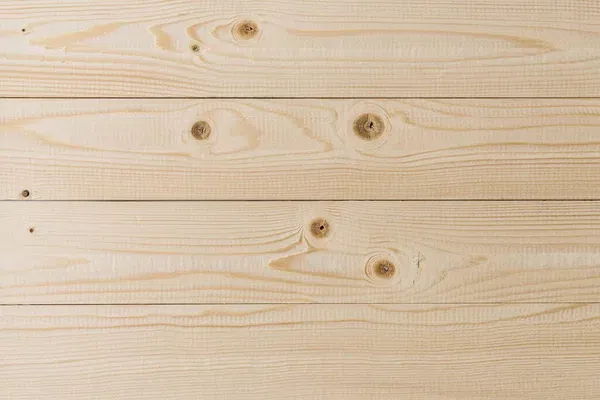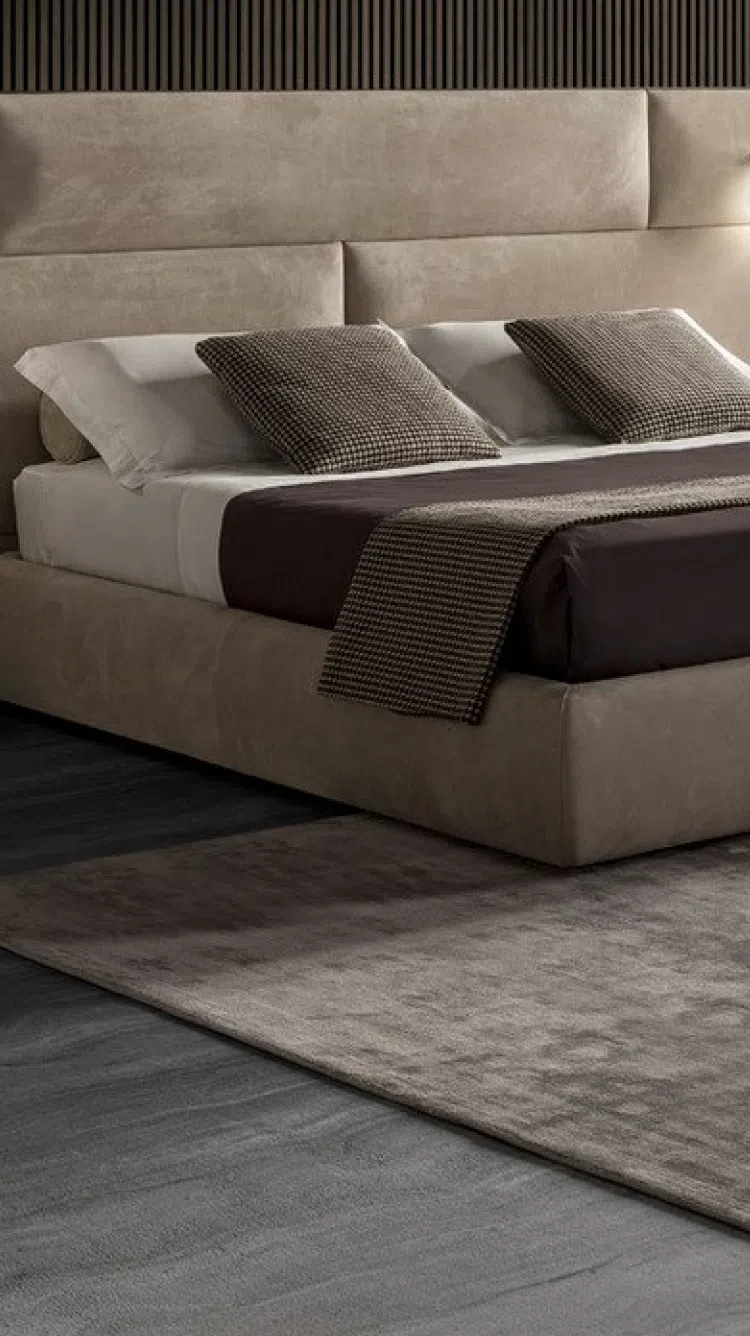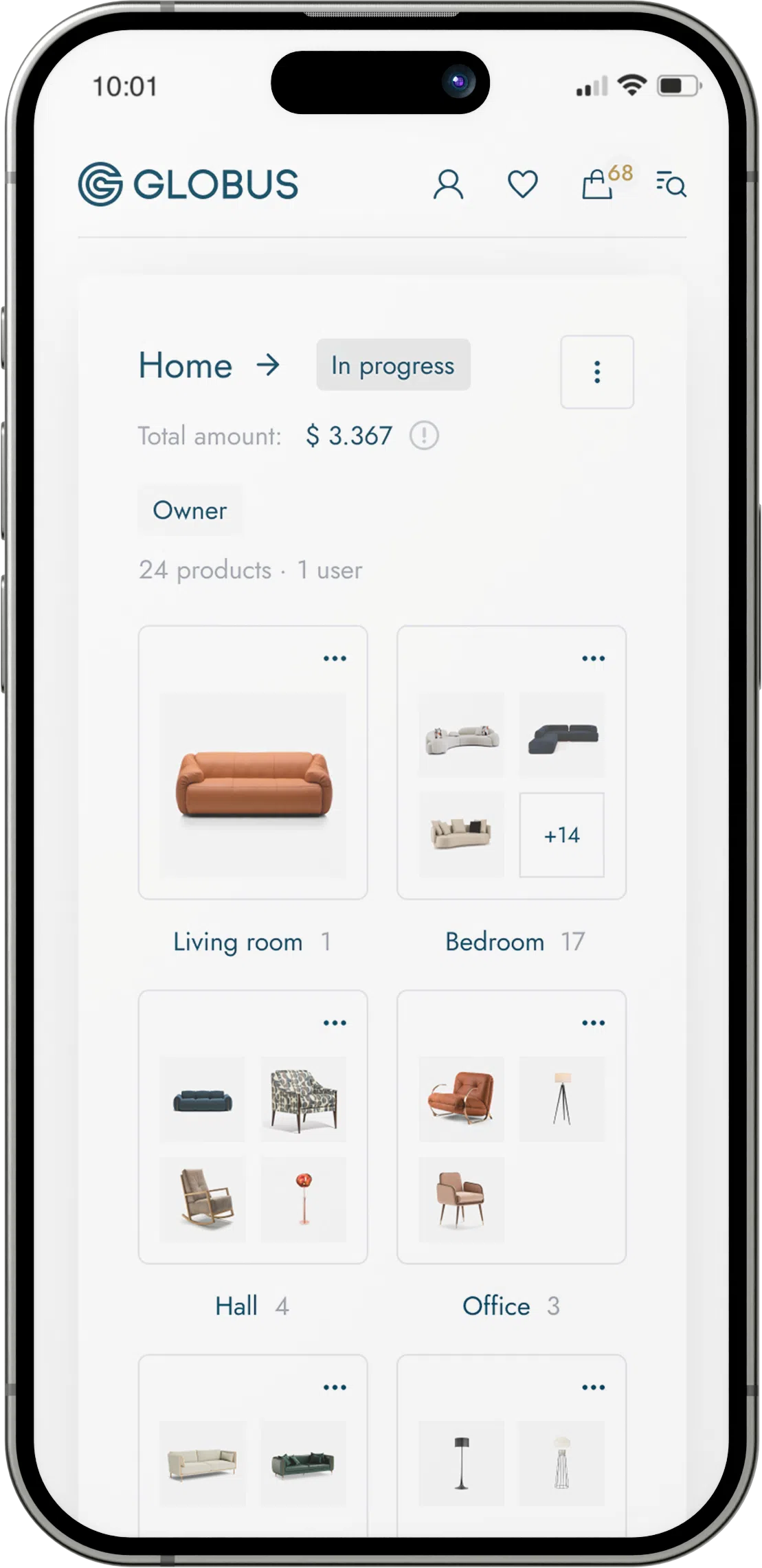
Moisture-proof (MP) board is a term typically associated with engineered wood products that are designed to offer improved resistance to moisture, compared to standard wood materials. This category includes a range of products such as moisture-resistant particle board, MDF (medium-density fiberboard), plywood, and other composite boards. Such materials are often used in cabinetry, bathroom furniture, kitchen units, and other areas subject to occasional exposure to moisture. Here are some key points regarding moisture-proof board materials:
- Composition:
- Particle Board MP: This consists of wood particles or chips that are bonded together with a synthetic resin or glue, which is typically a formaldehyde-based adhesive like urea-formaldehyde or phenol-formaldehyde. For moisture resistance, manufacturers may alter the adhesive formulation to improve the bond in wet conditions.
- MDF MP: Moisture-resistant MDF is made in a similar way to standard MDF but with a modified resin that provides better performance in humid conditions.
- Plywood MP: Moisture-proof plywood utilizes waterproof adhesives, such as phenolic resins, to bond the veneer layers together, offering greater resistance to moisture.
- Features:
- Enhanced Durability: The addition of moisture-resistant chemicals during manufacturing improves durability when exposed to humid or wet environments.
- Reduced Swelling and Warping: Standard wood products tend to swell or warp when they absorb moisture, but moisture-proof boards are designed to mitigate these issues.
- Mold and Mildew Resistance: Resistance to moisture makes the material less susceptible to the growth of mold and mildew.
- Applications:
- Use in areas with high humidity such as bathrooms, kitchens, and basements.
- Suitable for outdoor applications when properly sealed and maintained, though this depends on the type of moisture-proof board and its intended use.
- Also used for furniture, shelving, and in the construction of worktops that need to withstand moderate exposure to water.
- Finishing:
- Can be finished with laminates, veneers, or paints; however, edges and cut sections must be properly sealed to maintain moisture resistance.
- The surface is often treated with a sealant to prevent water penetration.
- Maintenance:
- Easy to clean and maintain due to its resistance to moisture.
- Longevity is improved with proper care and avoidance of continuous direct contact with water.
- Environmental Considerations:
- Some moisture-proof boards can emit volatile organic compounds (VOCs) due to the resins and adhesives used.
- Look for products that comply with environmental standards, such as those with lower formaldehyde emissions (e.g., E1 or E0 standards).
- Identification:
- Moisture-proof boards are usually labeled or color-coded by the manufacturer to distinguish them from standard boards. For instance, green-colored MDF or particle board often indicates moisture resistance.
When selecting a moisture-proof board for a specific application, it is important to consider the specific environmental conditions it will be subjected to and the manufacturer's guidelines regarding its use and installation. Not all moisture-proof boards are created equal, and some are better suited for specific applications or environments than others. It is advisable to consult with manufacturers or distributors to understand the best product for your needs.


